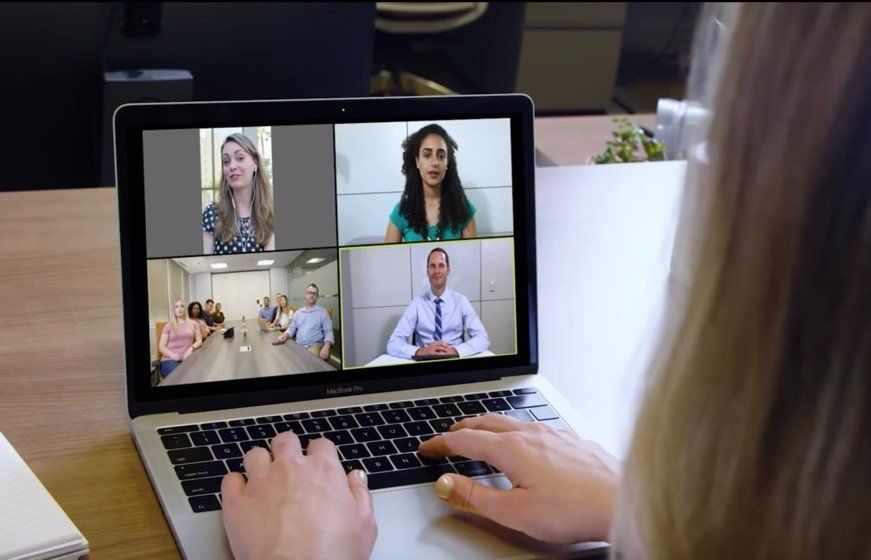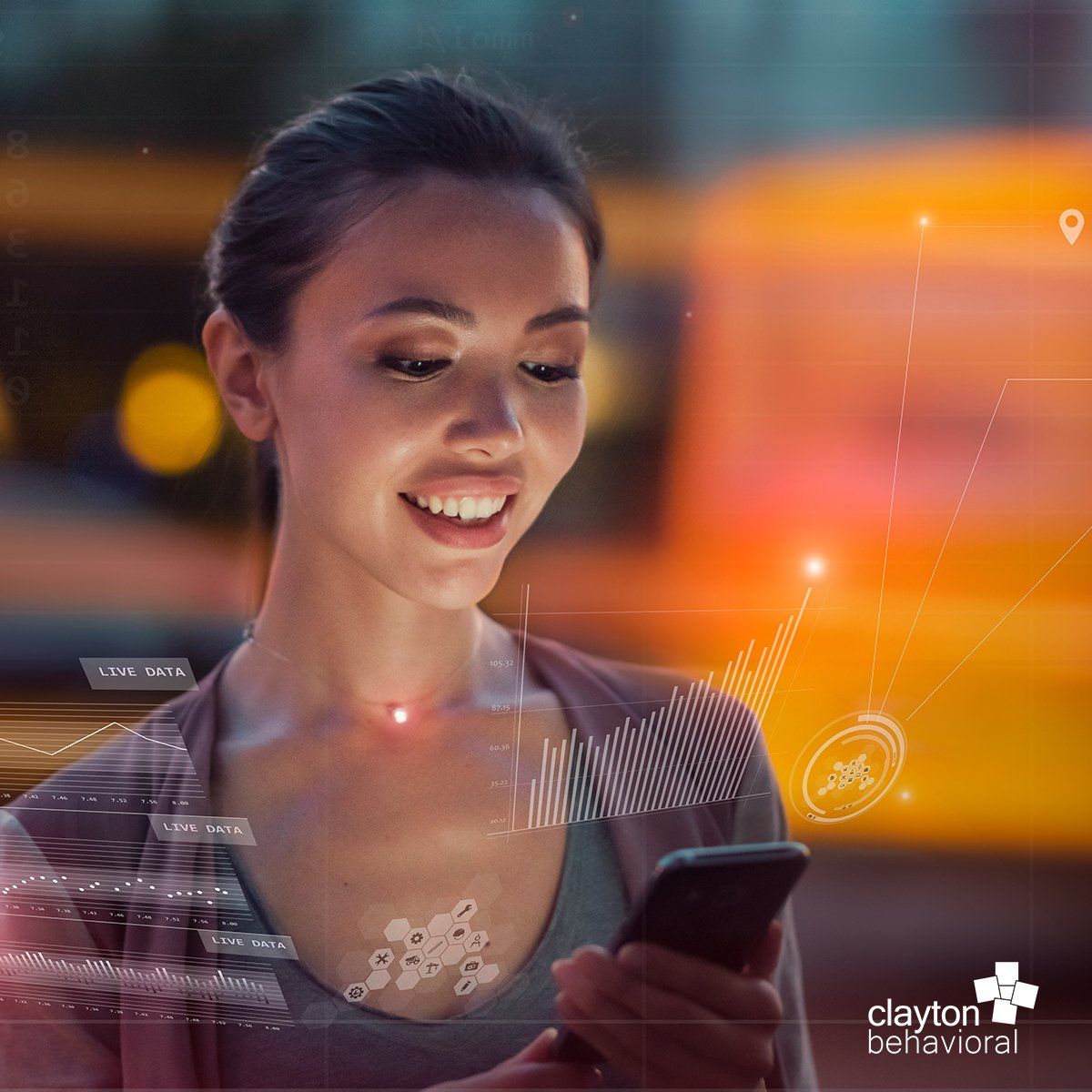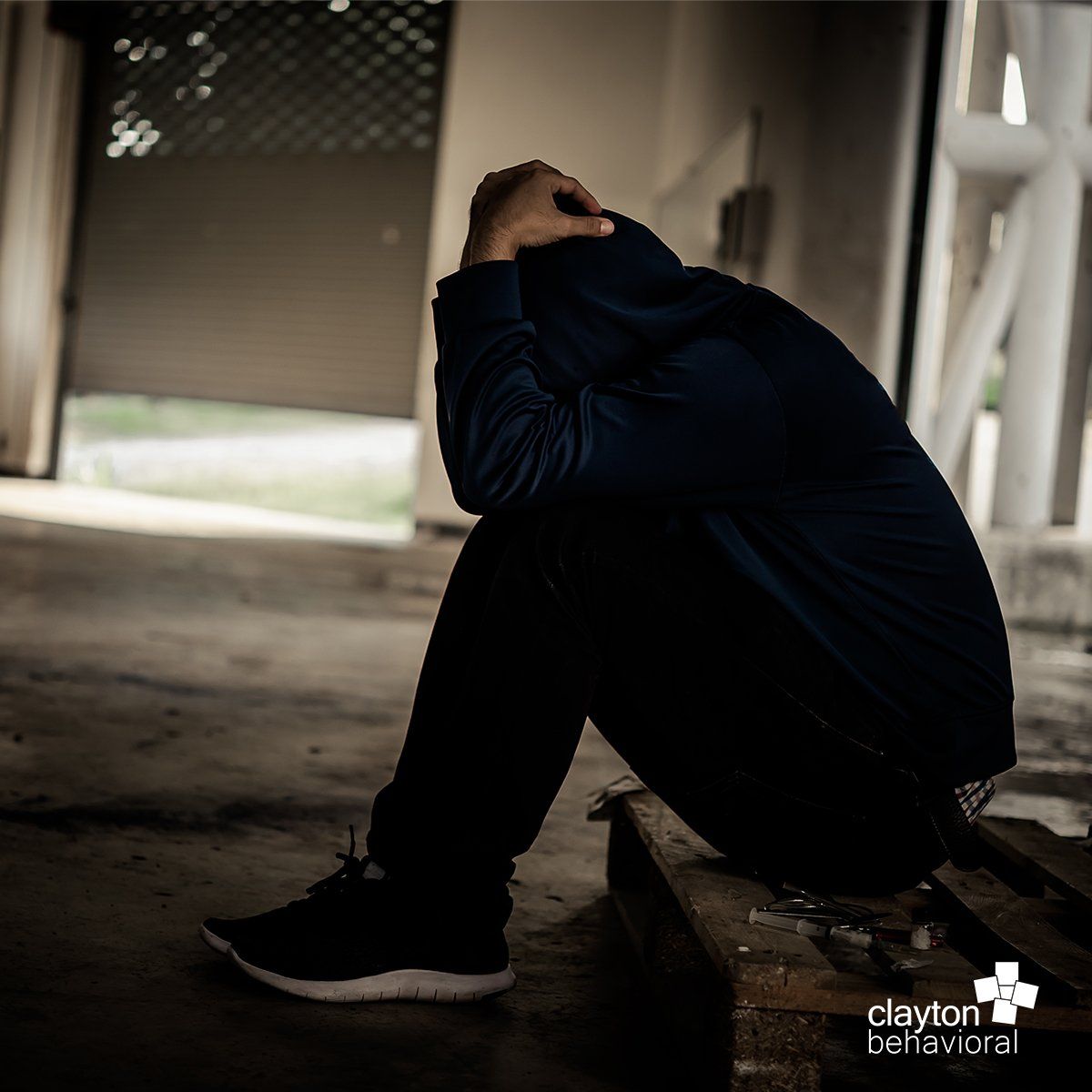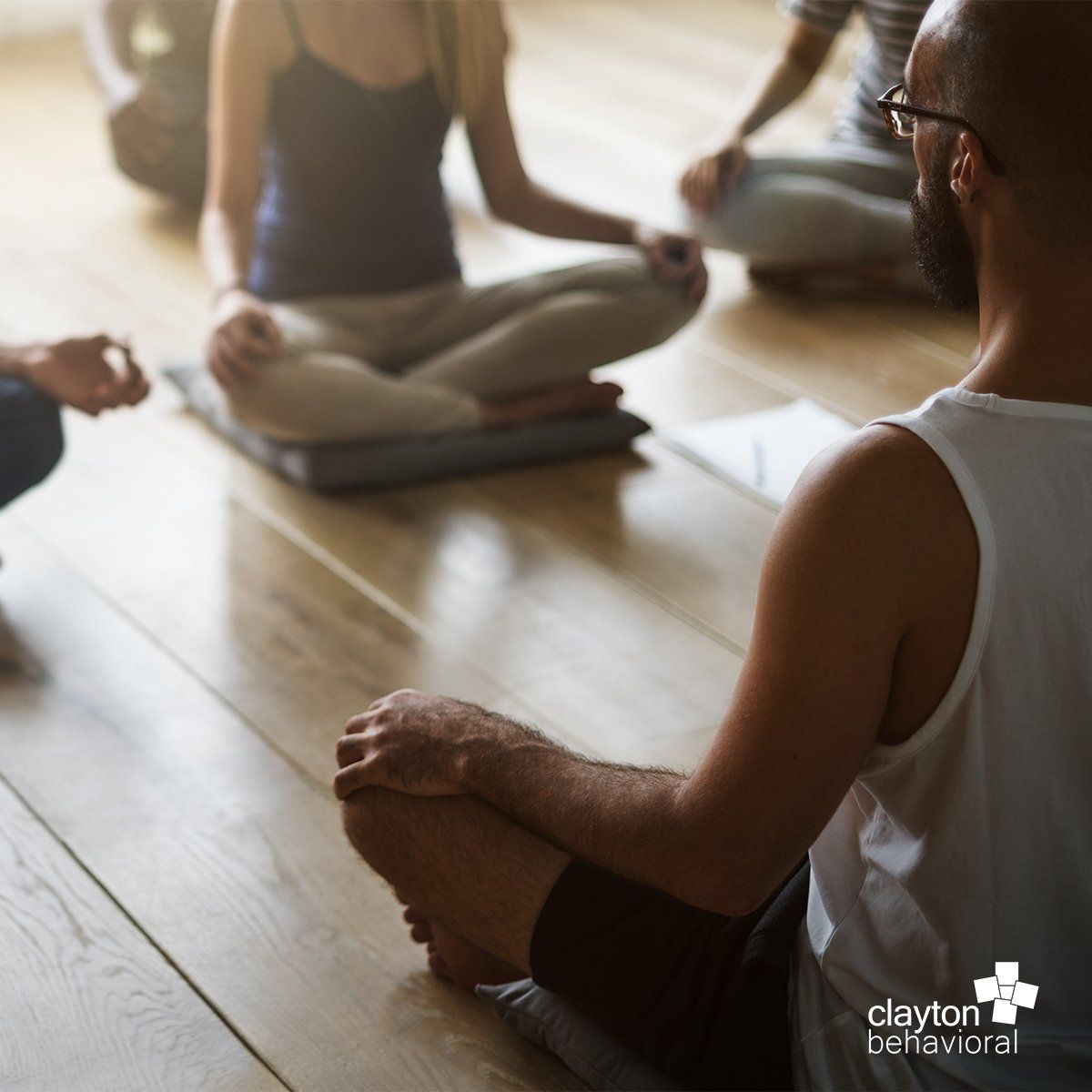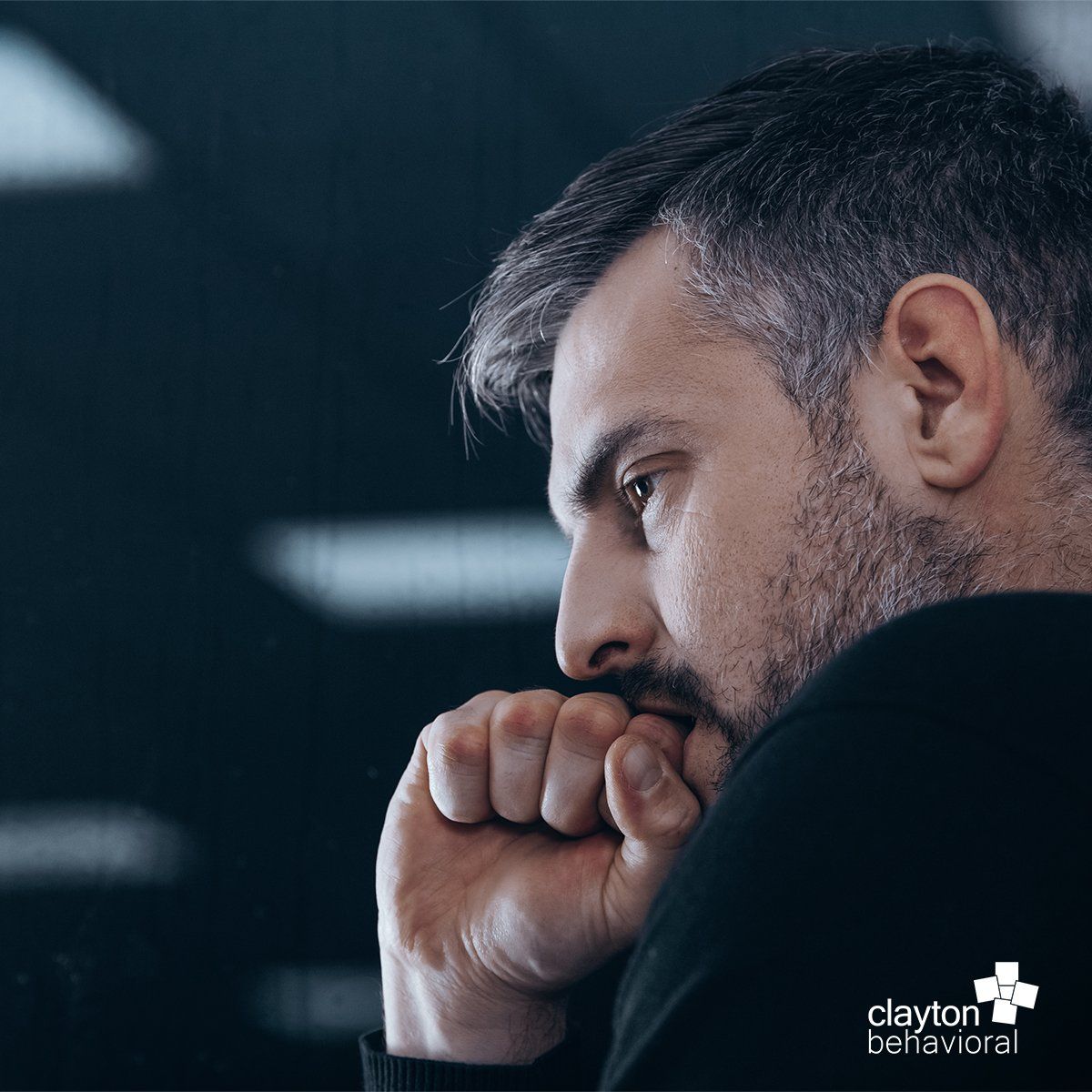The Scary Side Effects Of Screen Addiction

Twenty-four hours. That’s the amount of time it takes for your heart to beat 104,000 times, your body to take 23,000 breaths, and according to data from USC Annenberg , it’s also how much time the average American spends in front of a screen each week.
Since 2000, time spent online every week by the average American has risen from 9.4 hours to around 24. Whether it’s your phone, computer screen, Kindle, tablet or any other digital device born from technological advancements, the effects of screen addiction don’t discriminate by age. As a result, recent studies have suggested these device-related activities have become less of a pastime and more of a troubling habit.
So, is screen addiction a consequence of being a human in the digital age, or is it something far more serious?
The Effects Of Screen Addiction
Though many people may scoff at the notion that they’re ‘addicted’ to their screens, the risks associated with too much screen time are worth taking pause—for parent or child, addicted or not.
We know that too much screen time can affect sleep habits , but research suggests that it can also impact our social skills, emotional development and even restructure our brain. So, let’s take a look at the full scope of these possible side effects.
Screen Addiction and Adults
Though concerns often seem to focus more on children, a recent report from the Pew Research Center suggests that parents are just as compromised by screens as their kids.
While you would be hard pressed to find a job that didn’t include at least some activity on a computer, too much time in front of screens each day can cause side effects such as headaches or migraines, sensitivity to light, sore neck and dry eyes caused by blinking 60 percent less.
According to Psychology Today , another one of the fundamental consequences that a large amount of screen time has on adults is a restructuring of the matter that makes up your brain. Specifically, atrophy in the gray area (where processing occurs) and compromised white matter translate into the loss of communication within various areas of the brain, such as the cognitive and emotional brain centers.
According to addiction expert Dr. Nicholas Kardaras , for adults who aren’t full-on addicted, he recommends tech-free dinners, no-tech periods throughout the day and keeping your phone away from your nightstand. You can also increase your non-screen activities like sports, recreation, and face-to-face time with friends and loved ones.
Screen Addiction and Children
For kids these days, most of whom have grown up alongside the rise of the digital age, drawing the line between addiction and normal activities can be almost impossible—especially with screen-based technologies becoming ubiquitous in schools. Combine that with social media, mobile devices and gaming, and it makes sense why a recent survey found that children spend an average of 1,314 hours in front of screens each year. So, with all these activities seeming fairly standard it’s easy to wonder, “What’s the harm?”
Unfortunately, the answer is children’s bodies and brains. According to the American Optometric Association (ADA), children are increasingly learning how to use technology before they can talk, walk or read - risking serious consequences to the development of young eyes. Additionally, research has found that screen time is also directly linked to poorer connectivity in areas associated with language and cognitive control.
As for the brain, recent brain imaging research shows screen technologies and cocaine affect the brain’s frontal cortex in the same way. These effects are especially true with the side effects of gaming.
Since the 1950s, gaming has grown into a multi-billion dollar industry—and it comes as no surprise why. Research on video games shows dopamine (present in reward processing and addiction) is released during gaming and that craving or urges for gaming produces brain changes that are similar to drug cravings.
With games like Fortnite and Minecraft steadily engaging children and young adults, it seems as if there are even more opportunities for addiction. In fact, in June of this year, the World Health Organization (WHO) recognized “gaming addiction” as more than just a health risk, but a mental health disorder.
Unfortunately, screen addiction has even more consequences. Dr. Nicholas Kardaras , author of Glow Kids: How Screen Addiction Is Hijacking Our Kids, claims, “I’ve worked with hundreds of heroin addicts and crystal meth addicts, and what I can say is that it’s easier to treat a heroin addict than a true screen addict.”
Although he says the evidence is clear, he also suggests we’re not ready to face the facts.
"We have, as a society, gone all-in on tech, so we don't want some buzzkilling truth sayers telling us that the emperor has no clothes and that the devices that we've all so fallen in love with can be a problem" — especially for kids and their developing brains, he adds.
So...with that in mind, who’s ready to turn off those devices and tune out for a bit?
_______________________________________________________________________
If you or a loved one is struggling with substance-related problems, please contact us for a confidential individual or family consultation at 314-222-5830, visit our website or send us an email for more information.

